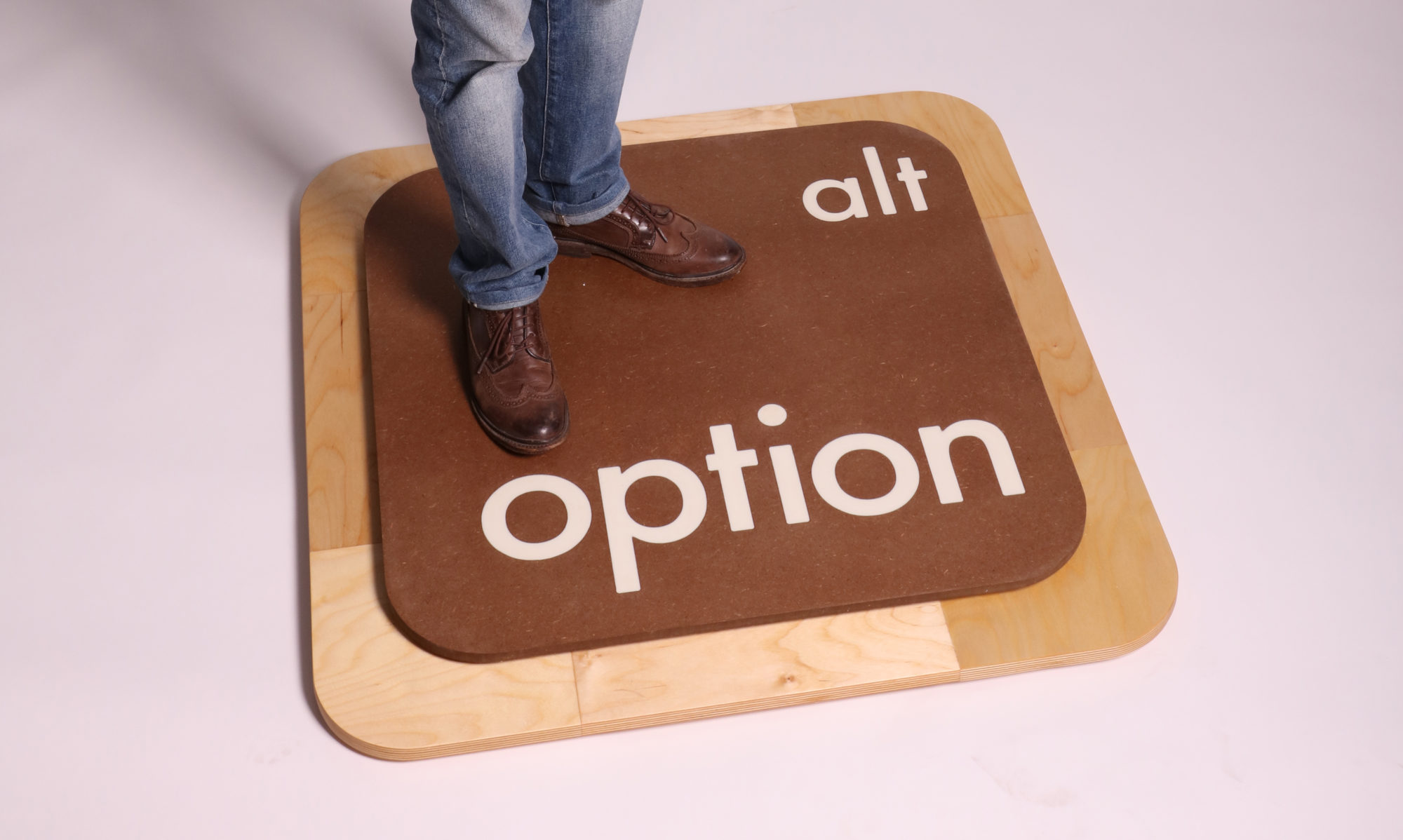For my second website review, I chose a site by FRAMES, which is a site that houses many different stories. The one I found as my example and subject of review is an excellent single page site for the story “July’s June”
This site makes use of all of it’s space on the page and is navigated by scrolling down right through the story. Something that really caught my eye was the use of textures throughout the site. Many of the background images mend together seamlessly and at times are two images fused together (ex. The first background image behind the title page, where the darkness of the lake water developes into a man’s face at the bottom. This frames the story in a way, because towards the end of the story, there is a woman’s face the mends into a picture of a tree.). Also, all of the images have a depth to them, leading the eye farther into the page (as good example of this is the image of the cabin, ghosts of trees left behind it).
Another use of texture that I found particularly interesting was the handwritten letters throughout the story. These parts stray away from the regular embedded text of the story and in a way give a little bit of nostalgia. Towards the bottom of the page, there is an added wooden frame and leaves flowing into the next section of the story.
This site uses a lot of warm colors (like orange and light purple) as well as cold colors (green and blue) which take cues from the story itself.
When you’re finished with the story, there is a slight pause in the site where the last of the graphics are, and then below there is a small set of credits to those who made the site, and where to contact them. They also made it very easy to navigate back to the top of the page to read again, or to go back to their archives to read something else.
Overall, I think this is an excellent way to make a single page site. Using all of the space that is given is a good way to immerse someone in a story, and having graphics that flow into each other keep the reader focused on the story and make it a pleasant experience for those that visit. The ease of navigating to and from the site make it a prime example in single page design.
